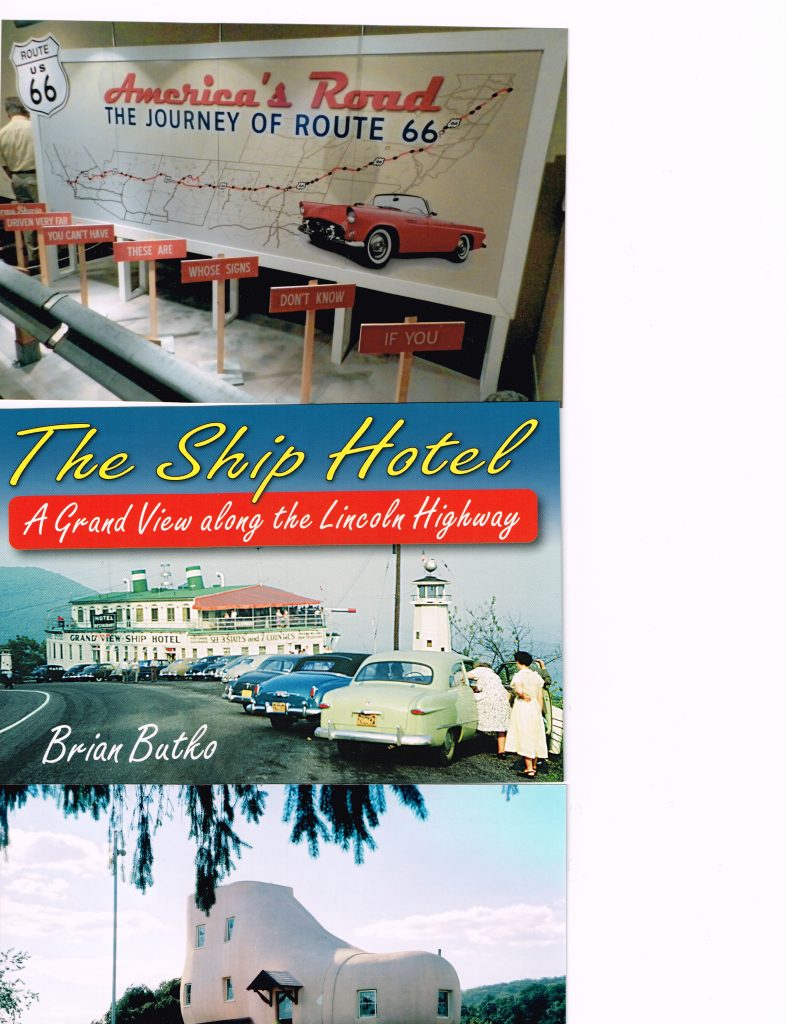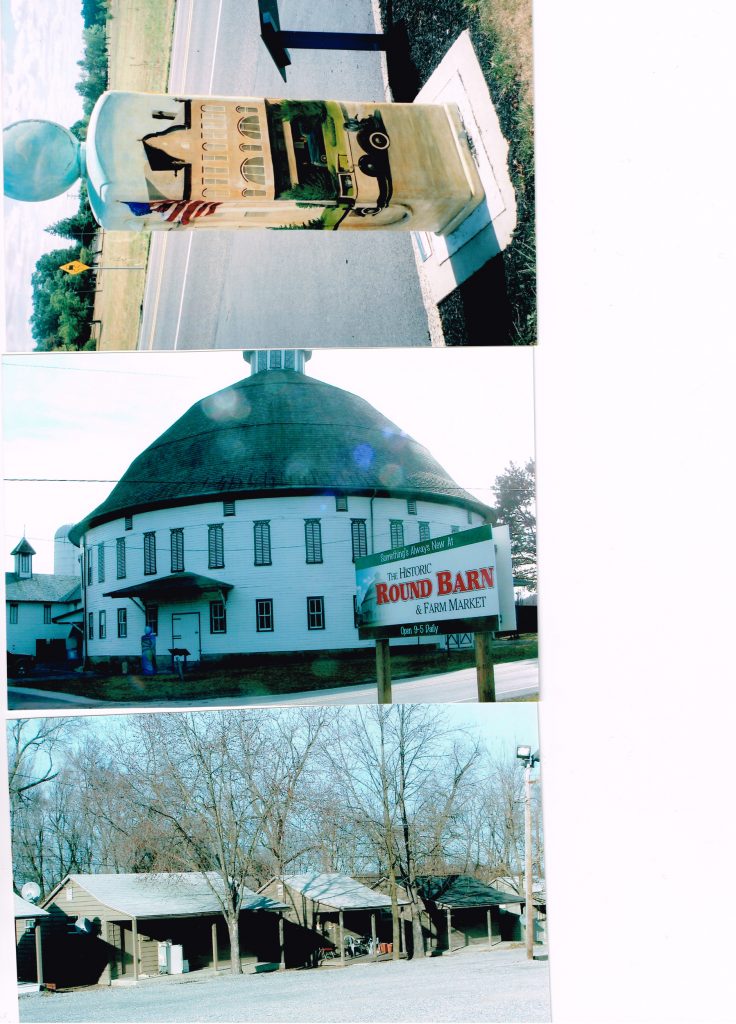A few years ago, Elsa and I travelled across Pennsylvania on the Lincoln Highway (Route 30). This article describes the history of the Lincoln Highway.
The Horseless carriage rolled onto the American landscape in the 1890’s, and by 1910 there were 450,000 registered automobiles, but no public road system. In 1913, Carl Fisher, the man who built the Indianapolis Speedway in 1909, and other auto industry leaders, formed the Lincoln Highway Association. The purpose was to create a direct coast-to-coast automobile route. The Association’s first official act was to draw up a 3,389-mile,14-state continuous route from Times Square in New York City to Lincoln Park in San Francisco. The road was completed in 1915, and its imperfect conditions were improved over the next few years.
In 1913 there was even a guidebook published. By1924,1500 vehicles per hour passed through the New Jersey portion of the highway. This was the last year a guidebook was published. In 1919 a convoy of Army trucks traveled across the country to demonstrate the use and significance of the road. In 1925, the United States adopted a highway numbering system, and the Highway became Routes 1,30, 40, and 50. In 1928, in order to identify the Highway, the Boy Scouts traveled from New York to San Francisco marking the route with concrete posts. The Scouts took a month to cross the 14 states, and rode the route in a Reo Speedwagon, a truck specially fitted for the trip. Three thousand concrete markers were placed along the route.
In 1928, the Lincoln Highway Association was disbanded. In 1939, the Lincoln Highway was advertised as the connecting link between the New York World’s Fair and the San Francisco World’s Fair. The Lincoln Highway began in Times Square, and there was only one mile of highway in New York State. It then ran through the Holland Tunnel into New Jersey. Prior to the building of the tunnel, motorists had to cross the Hudson River on the Weehawken Ferry. The Highway was 64 miles long in New Jersey, passing through Newark, Elizabeth, and Trenton. It then crossed into Pennsylvania at Morrisville. The Highway was 350 miles long in Pennsylvania and was mostly comprised of Route 30.
It passed through Philadelphia, Lancaster, York, Gettysburg, Chambersburg and into Pittsburgh. About 10 years ago, in order to help increase tourism, Pennsylvania made up a special tour. Beginning in Abbottstown (near Gettysburg) and continuing all the way to Irwin (near the Ohio boarder) there were erected old-fashioned gas pumps, painted with scenes of the area in which they stood. Also, on the sides of buildings and barns, beautiful murals were painted. These also depicted scenes of the Highway and the different areas of the state. Maps, indicating locations of the gas pumps and murals were available from the state.
Over a period of two years, we traveled the entire length of Route 30, and photographed all of the pumps and murals, and even found a commemorative box in which to keep all of the photos. If you have a chance to travel Route 30, or a portion of it, you will enjoy the beautiful scenery and hopefully most of the pumps and murals are still visible.
By Ken Dages

